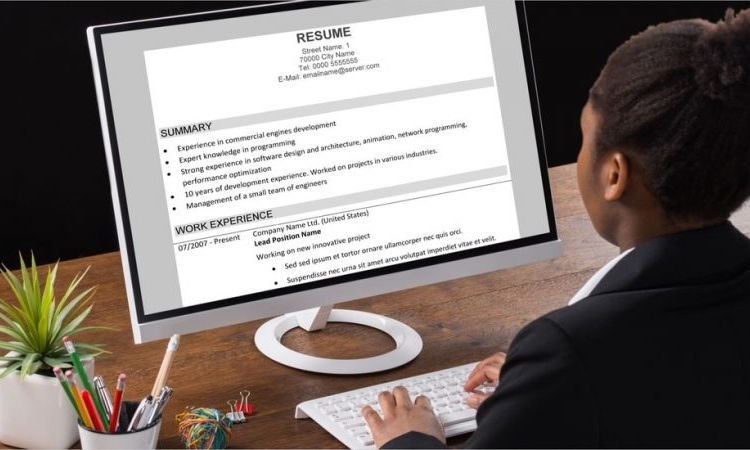Nowadays, an increasingly large amount of correspondence is conducted over the Internet, which includes communications regarding prospective employers. Although some businesses still prefer to conduct business the old-fashioned way, it’s becoming much less common. Even if you are able to submit a resume by mail, there will usually be an e-mail option. However, even if this practice is accepted, you’ll still need to conduct yourself with professionalism and decorum as 90% of cover letters employers receive are bad). Some will prefer you to e-mail your resume and cover letter, so here are a few tips.
When you have an interview with a prospective employer, his or her first impression is taken the moment you shake hands and introduce yourselves. When e-mailing a resume and cover letter, on the other hand, first impressions are made the second the recipient opens his e-mail application. Your e-mail is sitting there, waiting to be read, and you’ll need to do something to get his attention. The best way to do this is with your subject line, which can mean the difference between a letter that is read and one that is deleted as suspected spam.
When e-mailing your resume and cover letter, use a descriptive subject line that says exactly what the e-mail contains. For example, if you are applying for a position as a marketing manager your subject line might read like this:
S. Thompson — Marketing Manager — Resume & Cover Letter
This tells the recipient exactly what is in the e-mail, who is sending it, and what it’s regarding.
You should also remember to use proper written communication when e-mailing your resume and cover letter. The “header” on the e-mail should include the date, your name, your contact information and RE: Job Title (the RE stands for “Regarding”). After that, you should address the e-mail to the name of the hiring manager or human resources representative.
It is usually a good idea to mention how you heard about the job opening in the e-mail as well as any attachments you’ve enclosed. An e-mailed resume and cover letter should read almost exactly like a mailed cover letter except that it should be shorter than normal. Realize that your prospective employer is getting flooded with similar responses to the same job, so be as brief and succinct as possible. If there is a special reason why you are a particularly good fit for the job, make sure to mention as much in your cover letter.
The final piece of advice that I’d like to impart refers to your resume. Some prospective employers will agree to have your resume e-mailed as an attachment, but this can create problems. First, if you use a different word processing program, he or she might not be able to open it. So to make sure all of your bases are covered, include the full text of your resume at the bottom of your cover letter. Make sure that you run it through a plain text editor first so that all word processing formatting is removed from the text.
It is almost always acceptable to e-mail your resume and cover letter, but don’t cut corners. Remember that this is your first impression, so make it count.




